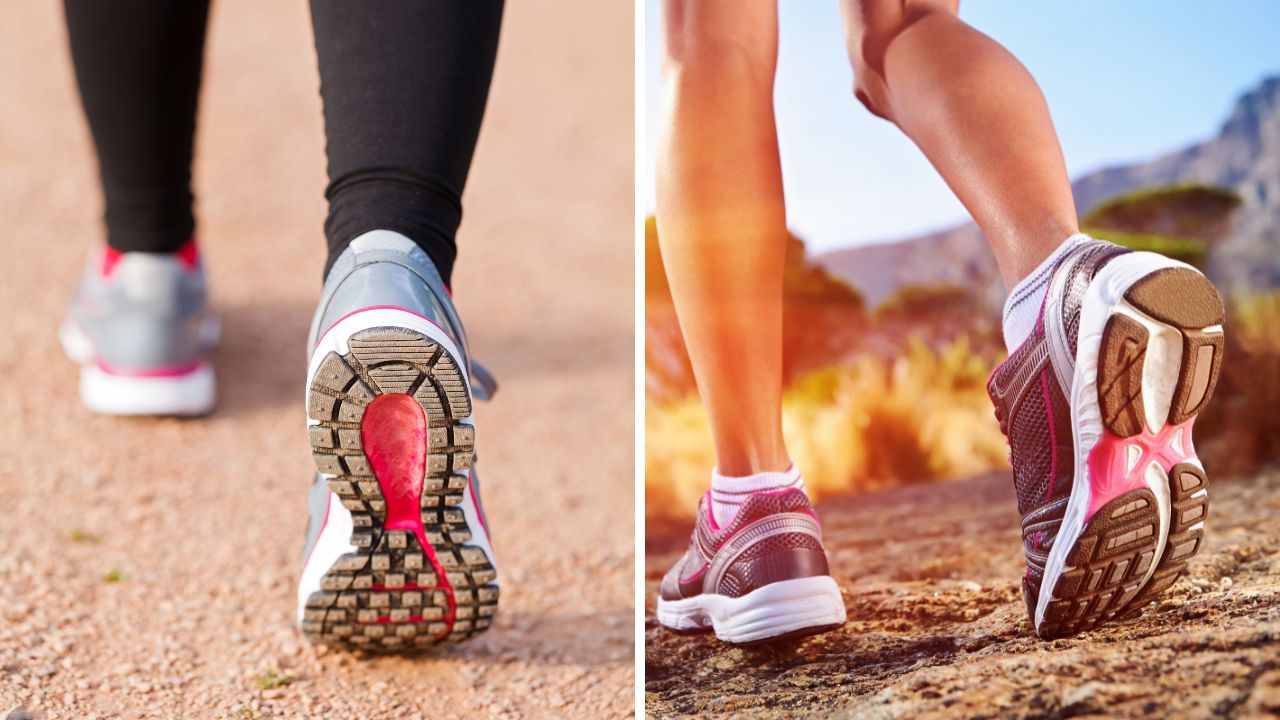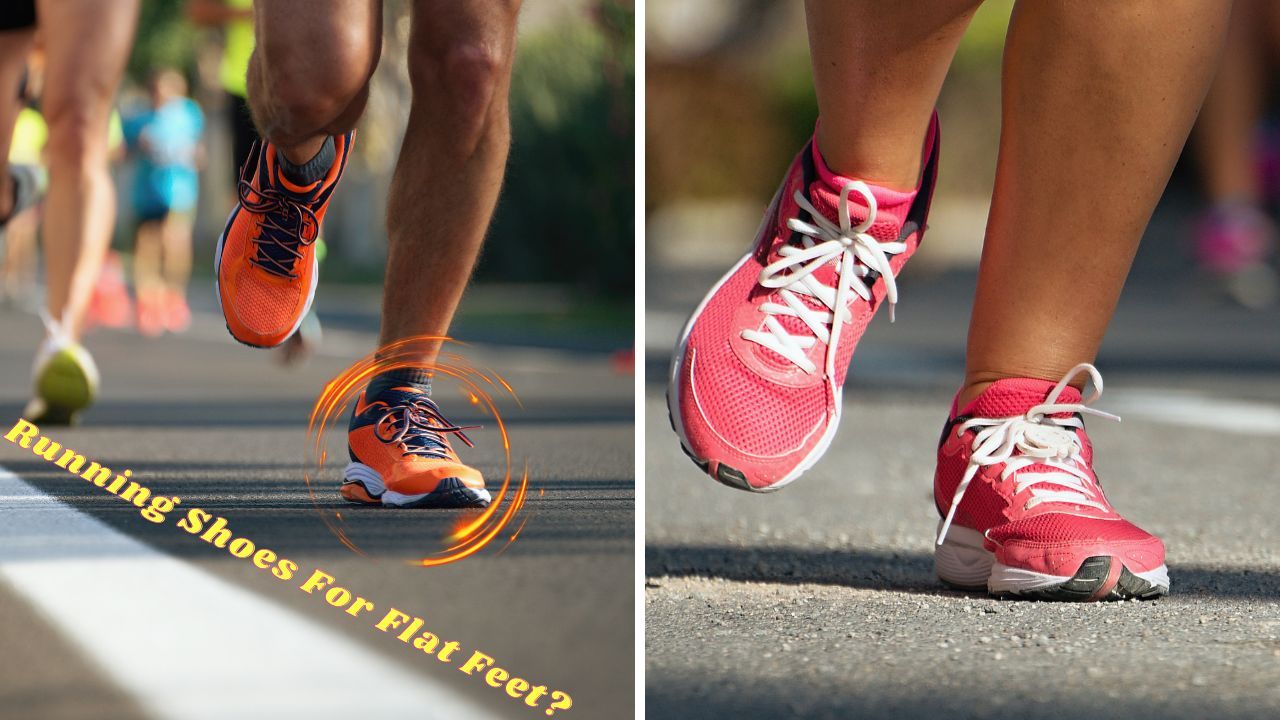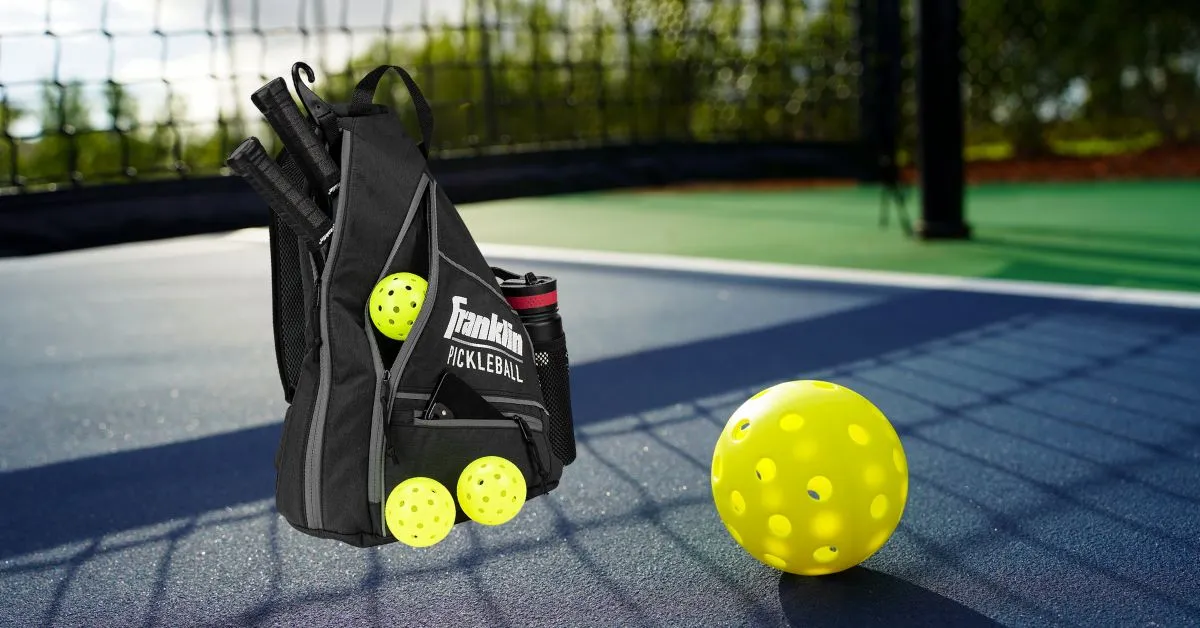Table of Contents
Have you ever wondered, “are running shoes good for walking?” Or if there’s a significant difference between the two? With so many footwear options available, it can be challenging to determine which shoes are best for your specific needs and activities. This blog post will delve into the key differences between running shoes and walking shoes, discuss the pros and cons of walking in running shoes, and provide guidance on choosing the right shoe for your needs. Let’s unravel the mysteries of these two types of shoes and help you make an informed decision for your next footwear purchase.
Here Is What We Know
- Running and walking shoes differ in cushioning, flexibility, heel height and construction quality to support their respective activities.
- Comfort, fit, surface type and personal needs should be considered when selecting the right shoe for any activity.
- Popular running shoes like Asics Gel Kayano 28 or Nike Air Zoom Pegasus 38 are suitable for walking due to comfort features. Replace your shoes every 300-500 miles or when showing signs of wear.
Running Shoes vs. Walking Shoes: Key Differences
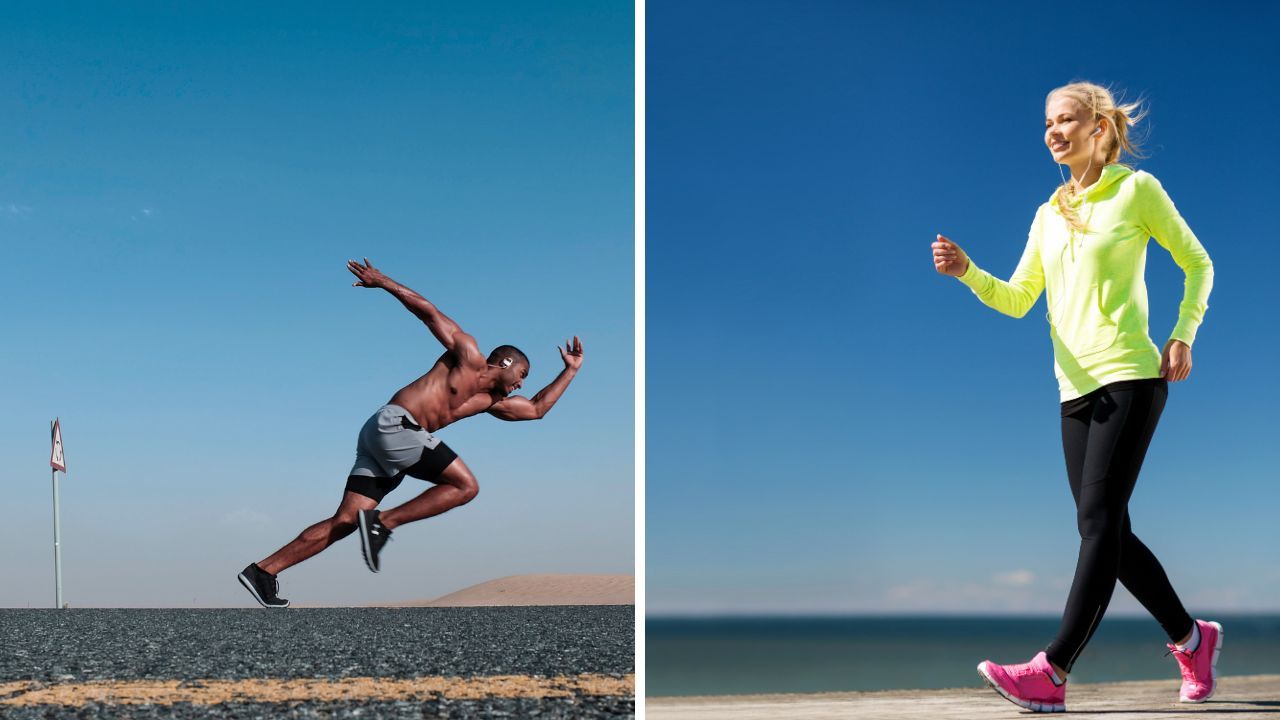
At first glance, running shoes and walking shoes might appear similar, but they differ in several crucial aspects, such as cushioning, flexibility, heel height, and construction quality. These differences are designed to cater to the specific needs of the respective activities. Selecting the appropriate shoes is not just a matter of aesthetics; it’s essential for guaranteeing comfort and support for your feet while walking or running.

Running shoes often have supportive elements like dual density medial posting, guide rails, midsole flaring, reinforced heel counters, and increased longitudinal bending stiffness, providing superior support and cushioning for high-impact activities. On the other hand, walking shoes prioritize heel cushioning and stiffer soles to prevent bending.
It’s important to be aware of these differences to avoid potential risks, such as slipping or wearing shoes with degraded foam, when walking in running shoes.
Cushioning Variations
Cushioning requirements for walking shoes are less than those of running shoes because running shoes must absorb higher impact forces. Shoe weight is another factor to consider, as lighter shoes provide more comfort during long walks or runs. Walking shoes focus on heel cushioning, where the foot first strikes the ground, while running shoes provide more cushioning throughout the shoe to accommodate the higher impact forces of running.
When selecting cushioned running shoes, consider the most advanced shock absorption systems and cushioning available to ensure the right balance of support and cushioning for your specific needs.
Flexibility Factors
Flexibility is an important attribute of running shoes that sets them apart from walking shoes. You’ll want shoes that offer enough flexibility for a comfortable running experience. Running shoes tend to be more flexible, allowing for a natural range of motion during high-impact activities. In contrast, walking shoes are designed with stiffer soles to inhibit bending and provide a more stable platform for the foot during walking.
When selecting a walking shoe for fitness walking, it’s essential to ensure the shoe has a flexible forefoot, enabling the wearer to effectively push off with their toes. Although running shoes can be used for walking, it’s crucial to choose a shoe that provides the right balance of support and cushioning to accommodate your specific needs, walking pace, and the type of terrain you’ll be navigating.
Heel Height and Design
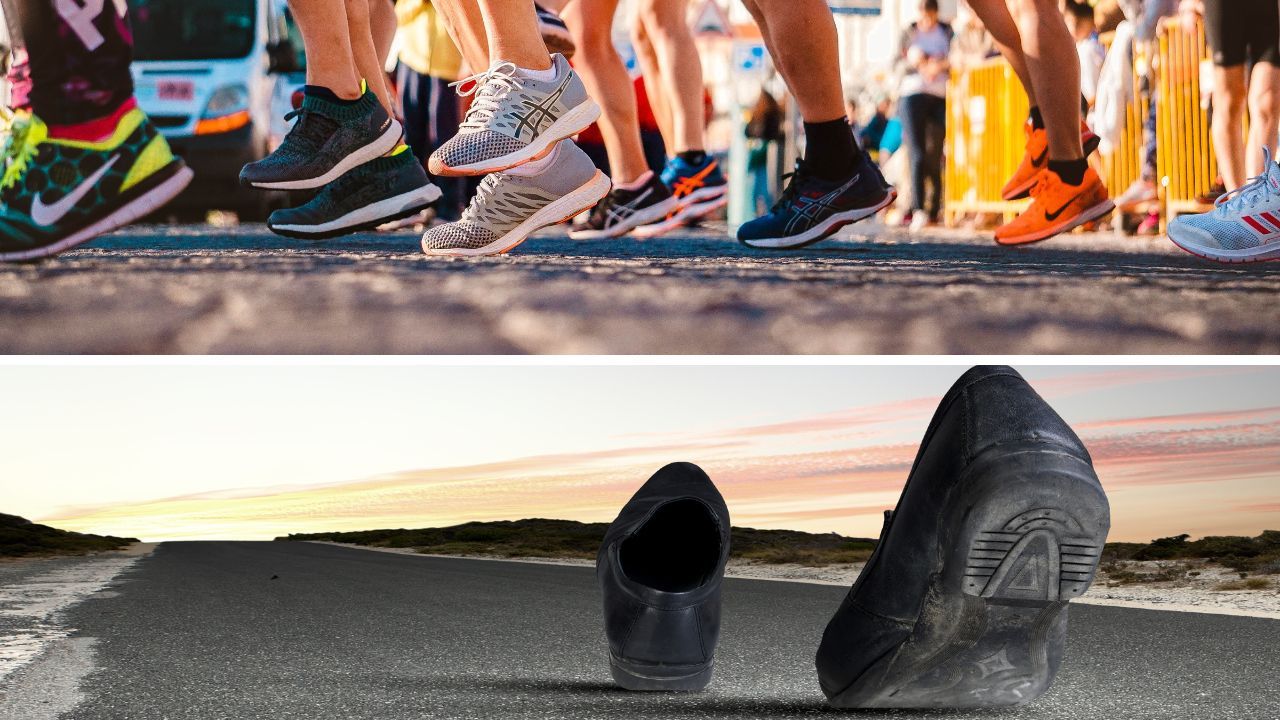
Heel height and design also vary between running and walking shoes. Running shoes usually have a higher heel and flare for stability during high-impact activities, while walking shoes ideally have a zero heel drop. An undercut heel, which is the optimal design for walking shoes, helps prevent catching and dragging the heel on the ground during brisk fitness walking.
For running shoes used for fitness walking, it’s recommended to choose a heel drop of less than 8 millimeters, with 4 millimeters or less being the optimal choice.
Shoe weight is also an important factor to consider, as lighter shoes can provide more comfort during long walks or runs.
Construction Quality
Running shoes typically feature higher quality construction and materials than walking shoes, making them more resilient and suitable for extended use. The distinct designs and features of running and walking shoes, such as the cushioning, support, and sole stiffness, contribute to these differences in construction quality.
While walking shoes tend to be generally less durable than running shoes due to their lower quality materials and construction, they still provide sufficient support for shorter-term use and everyday walking activities, making them good for walking, unlike hiking boots which are designed for more rugged terrain.
Nevertheless, it’s essential to choose a shoe that meets your specific needs and preferences, ensuring optimal comfort and support during your walks or runs.
Can You Walk in Running Shoes? Pros and Cons
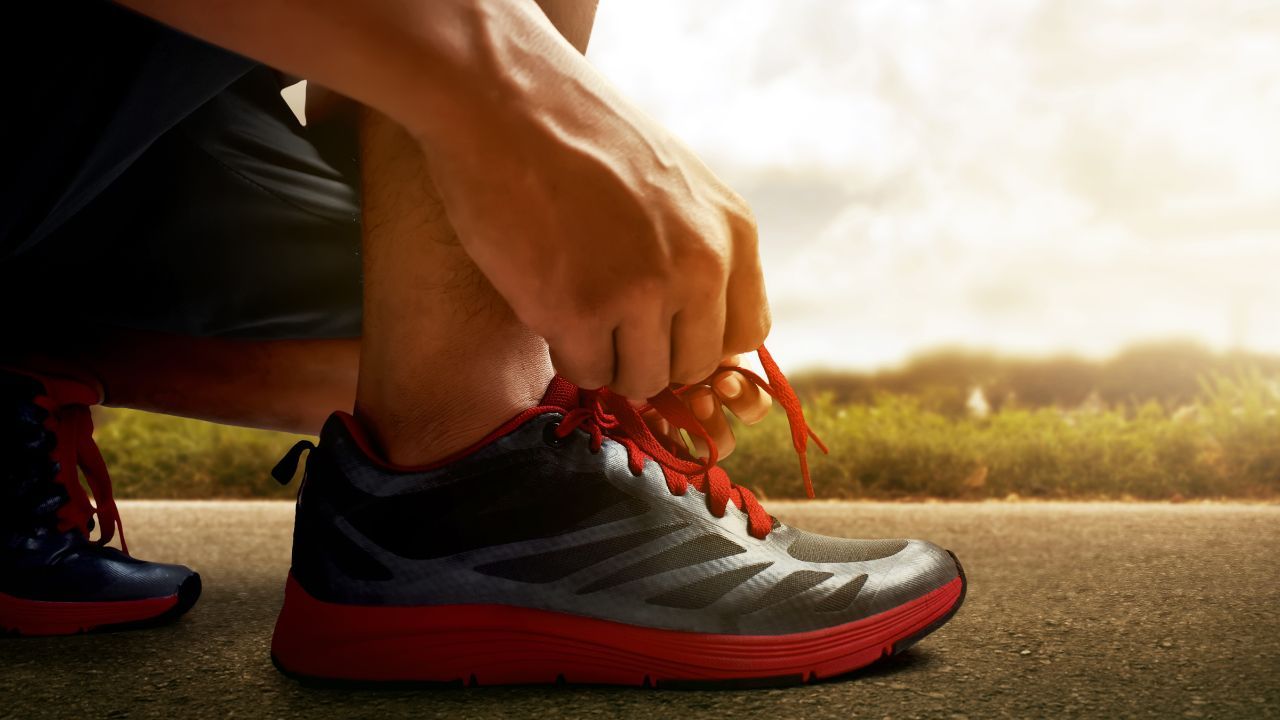
Walking in running shoes is possible, and many people find it comfortable due to the shoes’ cushioning, support, and lightweight construction. However, it’s important to note that there are distinct biomechanical differences between walking and running that must be taken into consideration.
Moreover, running shoes may not provide the same degree of support and stability as specialized walking shoes, and may not be suitable for all types of terrain. While there are potential risks associated with walking in running shoes, such as slipping on off-road terrain or using shoes with degraded foam, these issues can be mitigated by wearing running or walking shoes that are in good condition and suitable for the specific terrain you’ll be walking on. It’s important to consider whether running shoes should be used for walking, as the choice of footwear can greatly impact your comfort and safety.
Overall, it’s essential to weigh the pros and cons of walking in running shoes and consider factors such as comfort, support, and stability before making a decision.
How to Choose the Right Shoe for Your Needs

Choosing the right shoe goes beyond just aesthetics; it’s crucial to consider factors such as comfort, fit, surface and activity type, and personal preferences or specific needs when selecting the perfect pair of shoes for your walking or running activities. By assessing these factors, you can ensure optimal support and avoid potential discomfort or injury during your walks or runs.
In the following subsections, we’ll go into more detail on how to assess comfort and fit, consider surface and activity types, and take into account personal preferences and specific needs when selecting the right shoe for you.
Assessing Comfort and Fit

When evaluating the comfort and fit of a walking or running shoe, ensure that the shoe is comfortable when your foot is in it, that there are no areas of bulging, and that there is half to a full thumbs width at the end to allow for expansion and swelling. Additionally, the heel should not slip. It’s essential to prioritize comfort and proper fit when selecting a shoe, as it can greatly impact your overall experience and help prevent potential injuries.
Getting fitted by an expert, such as a certified personal trainer or running coach, can also be beneficial in finding the perfect shoe for your needs. They can help you determine your arch type, provide guidance on selecting a shoe with adequate cushioning and support, and ensure that the shoe fits properly.
Remember, a well-fitting good running shoe is crucial for maintaining optimal support and avoiding discomfort or injury during your walks or runs. Additionally, a good walking shoe is essential for those who prefer a more leisurely pace. For both activities, it’s important to wear running shoes or neutral shoes that can provide the necessary comfort and support.
Considering Surface and Activity Type
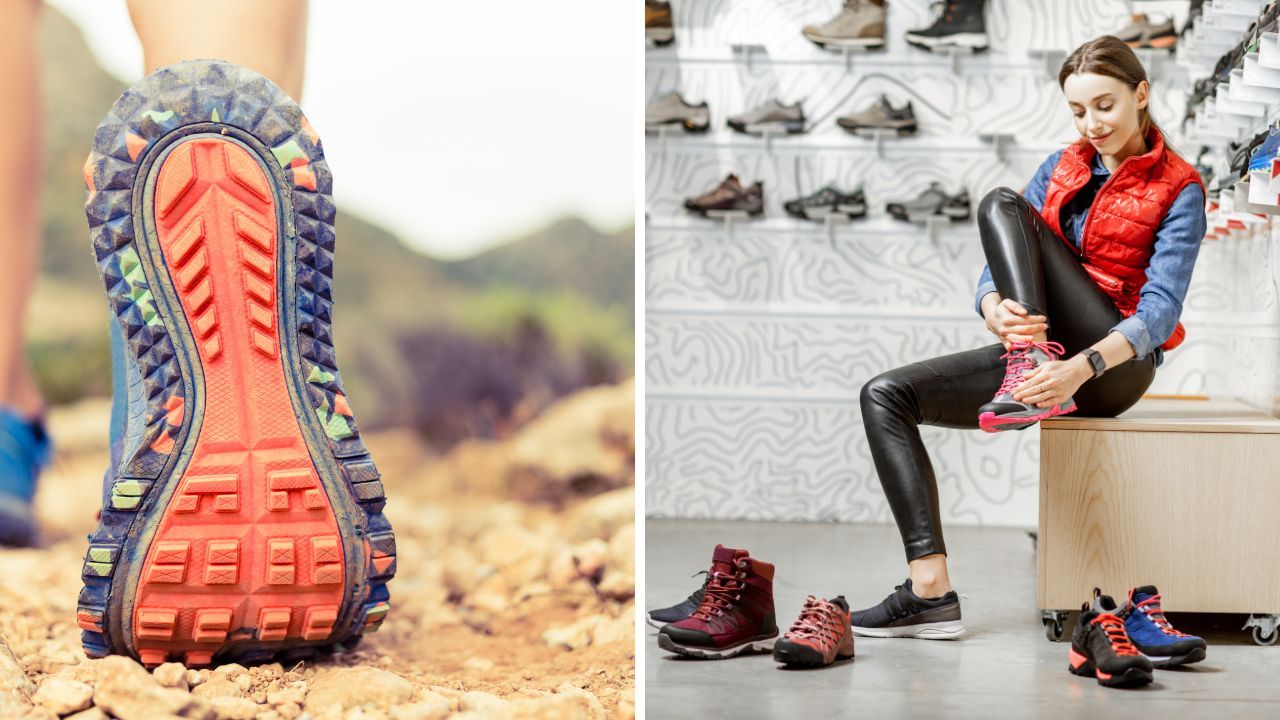
The surface and type of activity you’ll be engaging in are important factors to consider when selecting the appropriate shoe features. For instance, if traversing a trail, a sturdier shoe with increased traction may be necessary. Road running shoes are generally only intended for use on pavement, while walking shoes should have the appropriate traction and stability for the terrain.
Understanding the type of surface and activity you’ll be participating in can help you determine the level of cushioning, support, and traction needed in your shoes. This ensures that you can enjoy your walks or runs with minimal discomfort or risk of injury, no matter the terrain or activity.
Personal Preferences and Specific Needs
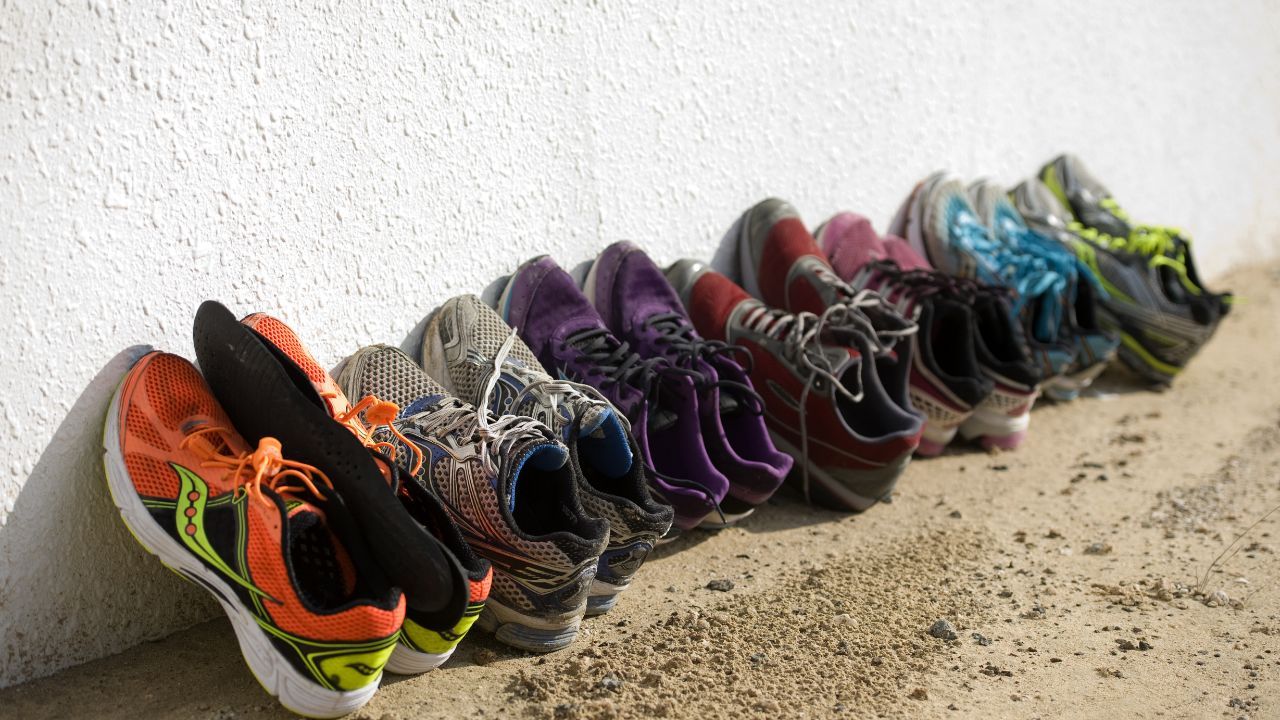
When selecting a walking or running shoe, it’s essential to consider any personal preferences or specific needs you may have. For instance, if you have a wide foot, you may require a wider shoe. Additionally, factors such as arch support, heel cushioning, and overall shoe design should be taken into account based on your individual needs.
By considering your personal preferences and specific needs, you can ensure that your chosen shoe provides the appropriate level of support, cushioning, and comfort for your feet during your walks or runs. This tailored approach to selecting a shoe can help you avoid discomfort, injury, and overall dissatisfaction with your footwear choice.
With detailed and rigorous research, we provide our readers with the finest recommendations. Our recommendations are our opinions. Our cause is backed by reader support- for every click made through one of our affiliates links, a commission may be earned at no extra expense to you! As an Amazon Associate, Reviewsopedia may earn a commission from qualifying purchases. Thank you and enjoy!
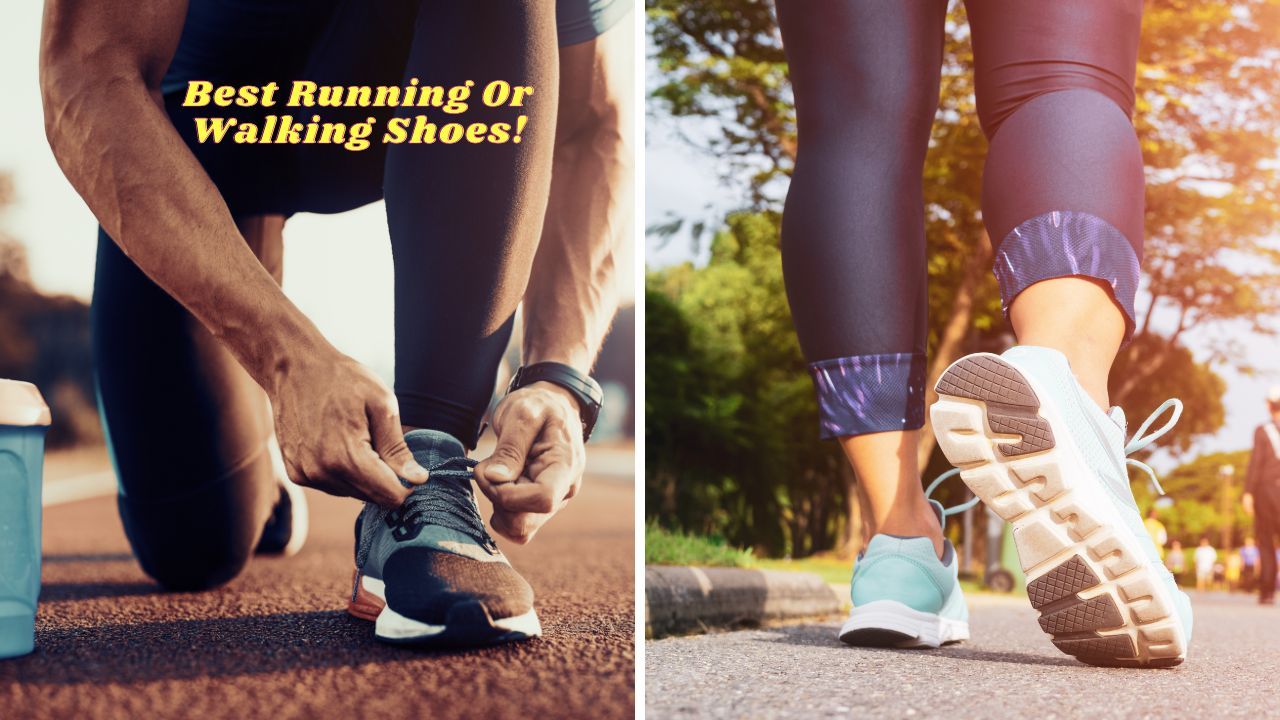
Top Running Shoes Suitable for Walking

Some running shoes are suitable for walking due to their comfort, support, and cushioning features, making them some of the best walking shoes available. In fact, most running shoes can be considered good options for walking. Two examples of such shoes are Asics Gel-Kayano 28 and Nike Air Zoom Pegasus 38. The Asics Gel-Kayano 28 is renowned for its stability, making it a great option for those who require additional support during their walks or runs.
When considering running shoes for walking, it’s important to choose a shoe that provides adequate cushioning, support, and comfort, as well as a design that aligns with your personal preferences and specific needs. By selecting a suitable running shoe for walking, such as the Asics Gel-Kayano 28 or Nike Air Zoom Pegasus 38, you can enjoy the benefits of both types of footwear in one versatile option.

When to Replace Your Shoes
To maintain optimal support and avoid injury, it’s essential to replace your shoes after 500 miles or when they show signs of wear. For those who walk briskly for 30 minutes a day, five days a week, some experts suggest replacing their walking shoes every 300 to 500 miles.
If you notice that the soles have worn out on pressure points, the heels are stretched out, the insole has molded foot imprints, the side or bottom of the sole has visible creasing, or the uppers are broken down around the ankle, it may be time to consider replacing your shoes.
Regularly evaluating your shoes for signs of wear can help you determine when it’s time for a new pair, ensuring that you continue to receive the necessary support and comfort during your walks or runs. By replacing your shoes when needed, you can avoid potential discomfort, injury, and dissatisfaction with your footwear choice.

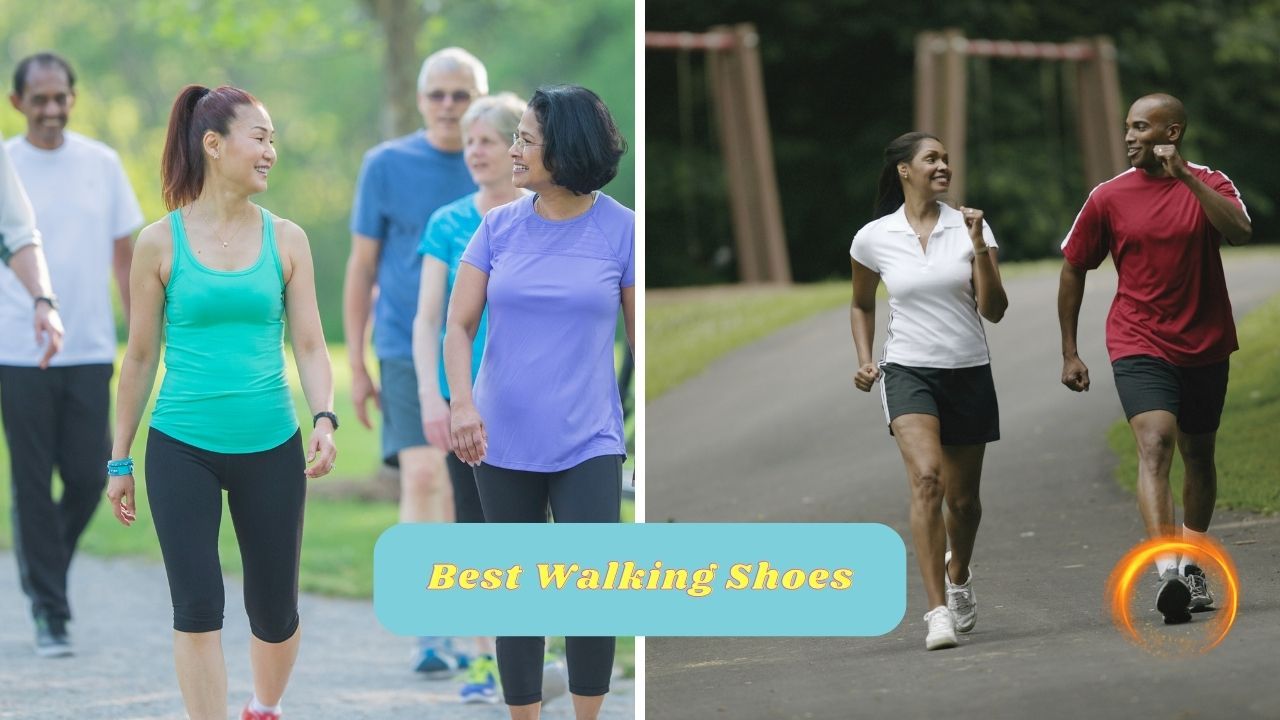
Summary
In conclusion, understanding the differences between running shoes and walking shoes is crucial for selecting the right footwear for your needs. Running shoes offer more cushioning, flexibility, and higher quality construction, while walking shoes focus on heel cushioning and stiffer soles. Although walking in running shoes is possible, it’s essential to weigh the pros and cons and consider factors such as comfort, support, and stability. By assessing comfort and fit, considering surface and activity type, and taking into account personal preferences and specific needs, you’ll be well-equipped to make an informed decision on the perfect pair of shoes for your walks or runs.

Frequently Asked Questions
What happens if you use running shoes for walking?
Using running shoes for walking instead of more specialized walking shoes may lead to a higher risk of impact injuries due to the lack of sufficient cushioning.
Additionally, walking shoes are often designed with increased flexibility to provide a more comfortable stride. Therefore, it is recommended to use specialized walking shoes when walking.
Is there a difference between a walking shoe and a running shoe?
Yes, there is a difference between walking and running shoes. Walking shoes are more flexible, have thinner heel wedges, and can provide better traction than running shoes.
Ultimately, it’s important to wear the right shoe for each activity to prevent injuries and improve comfort.
Are running shoes good for walking on concrete?
Running shoes are certainly suitable for walking on concrete. Their cushioning, support and shock absorption make them a great choice for walks both short and long on concrete surfaces.
Should I use running or training shoes for walking?
For walking, it's generally better to choose walking or running shoes rather than training shoes. Walking and running shoes are designed to provide cushioning, support, and flexibility for forward motion, which is suitable for walking activities. Training shoes, on the other hand, are built for lateral movements, agility, and stability, making them more suitable for activities like gym workouts and cross-training. Choose a comfortable pair with good arch support and cushioning that matches your walking style and foot type.
Finally, running shoes are not suitable for long distance walking as the support and cushioning they provide may cause harm to your feet if used for too long.
Therefore, it is best to choose the right type of shoes for walking.
What are the main differences between running shoes and walking shoes?
Running shoes provide better cushioning, flexibility, and shock absorption, while walking shoes typically have a sturdier design and higher heel height.
Both types of shoes are designed for comfort and support, but their unique features make them appropriate for different activities.
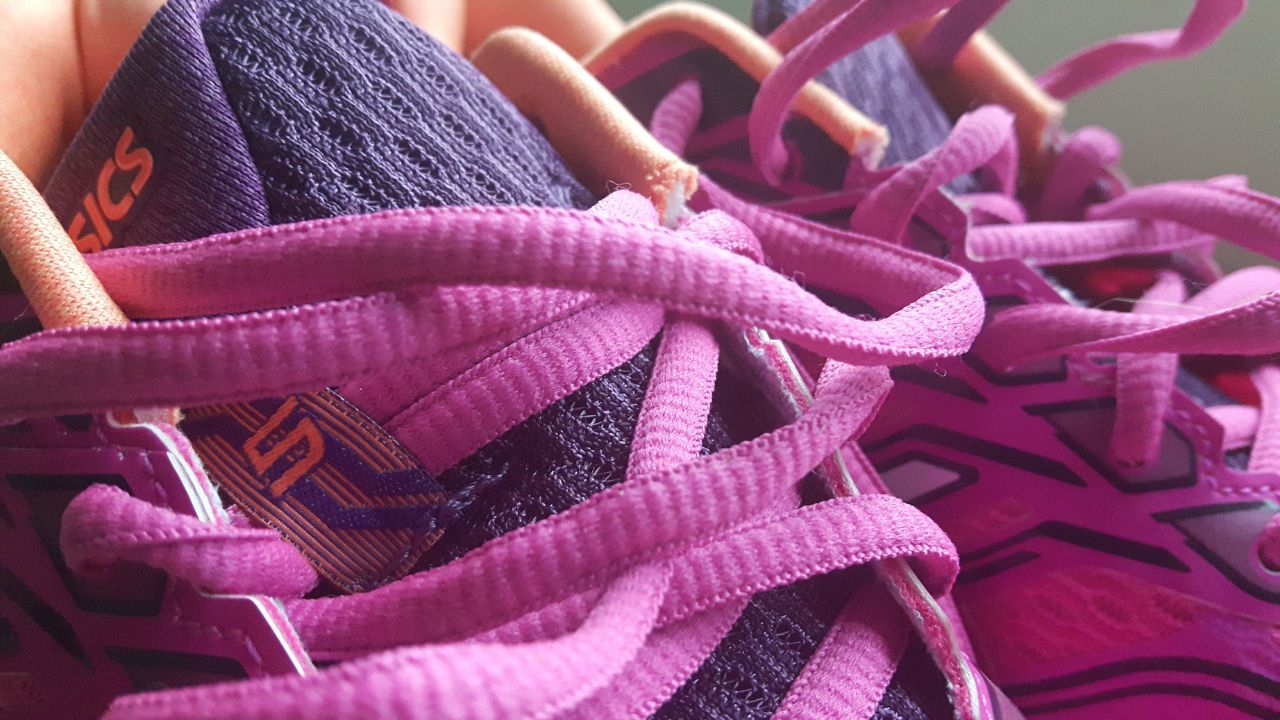
Other Related Helpful Articles

